Training your dog on an invisible fence can seem daunting, but it doesn’t have to be. With the right equipment, preparation, and training techniques, you can successfully teach your dog to stay within the boundaries of your yard without the need for a physical fence.
In this article, we will provide you with five easy methods to train your dog on an invisible fence and essential tips for success.
Key Takeaways
- Understanding how an invisible fence works is essential for success.
- Choosing the right equipment is crucial for successful training.
- Proper preparation is key to training your dog on an invisible fence.
Understanding Invisible Fences
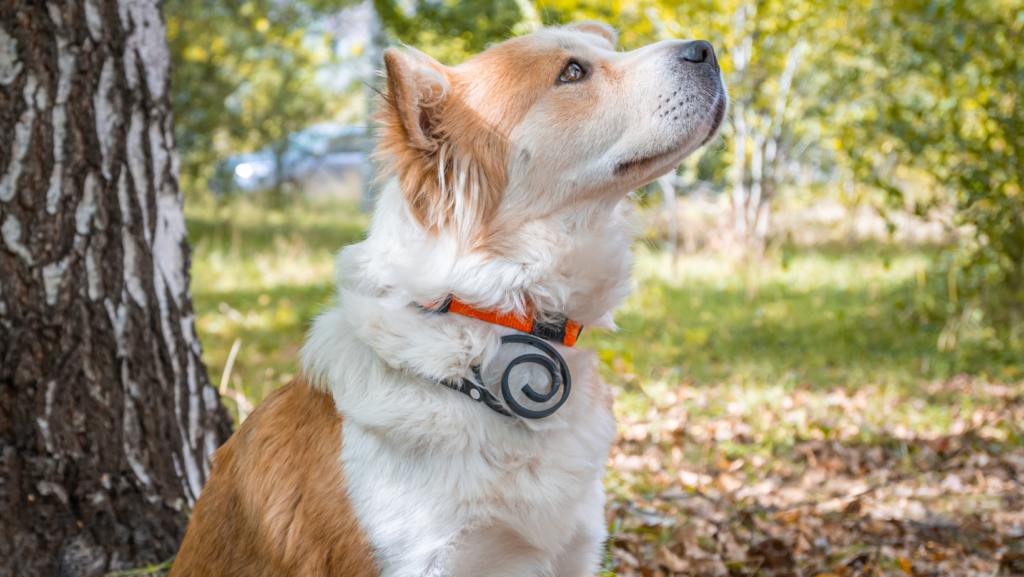
If you’re considering an invisible fence to keep your dog safe and contained, it’s important to understand what they are and how they work. An invisible fence is an electric fence that uses a boundary line to create a containment area for your dog. This boundary line is typically marked by boundary flags placed around your property’s perimeter.
The invisible fence system consists of a transmitter, usually mounted in your home and your dog’s receiver collar. The transmitter sends a radio signal through the boundary wire, buried underground or attached to an existing fence.
The receiver collar emits a warning beep when your dog approaches the boundary line. If your dog continues to approach the boundary, the collar will deliver a static correction, which is designed to deter your dog from crossing the boundary.
One of the key features of an invisible fence is that it allows your dog to roam freely within the containment area without the need for a physical fence. This can be especially beneficial if you live in a neighborhood with strict fencing regulations or have a large property that would be expensive to fence.
It’s important to note that not all invisible fences are created equal. Some systems are more reliable and effective than others, so it’s important to research and choose the right system for you and your dog.
Choosing the Right Equipment
Choosing the right equipment is crucial when training your dog on an invisible fence. The equipment you choose will depend on various factors, including your dog’s size and breed, temperament, and age. Here are some key considerations when selecting the right equipment for your furry friend.
1. Collar
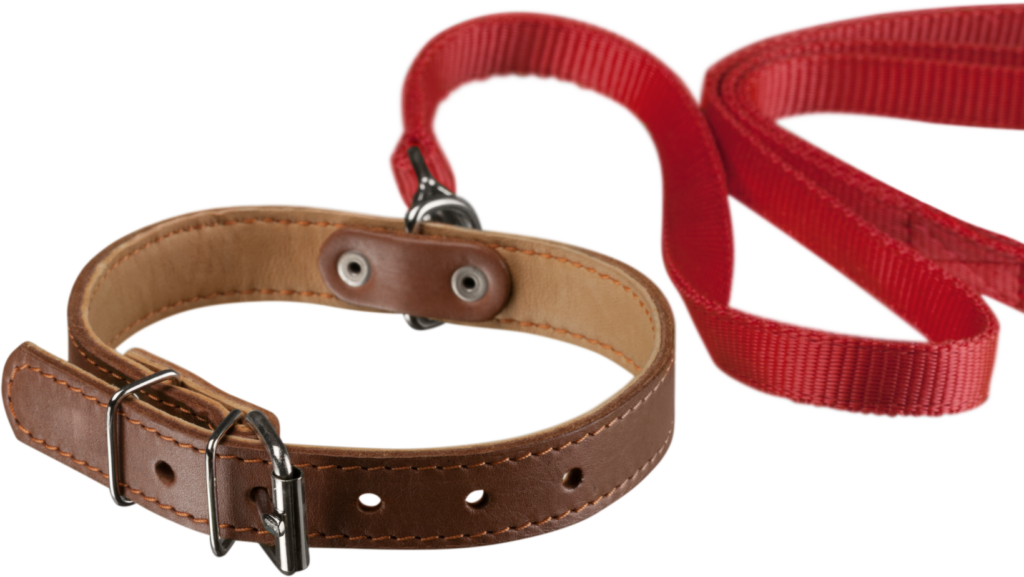
The collar is one of the most important equipment for invisible fence training. It is the device that your dog will wear that will deliver the correction when they get too close to the boundary. Several collars are available, including receiver, radio, and non-metallic collars.
2. Leash
When you are first starting out with invisible fence training, it is recommended that you use a leash to help guide your dog and keep them within the boundaries. A standard dog leash will work fine, but you may also consider using a long-line leash if you have a larger yard or need more control over your dog’s movements.
3. Training Flags
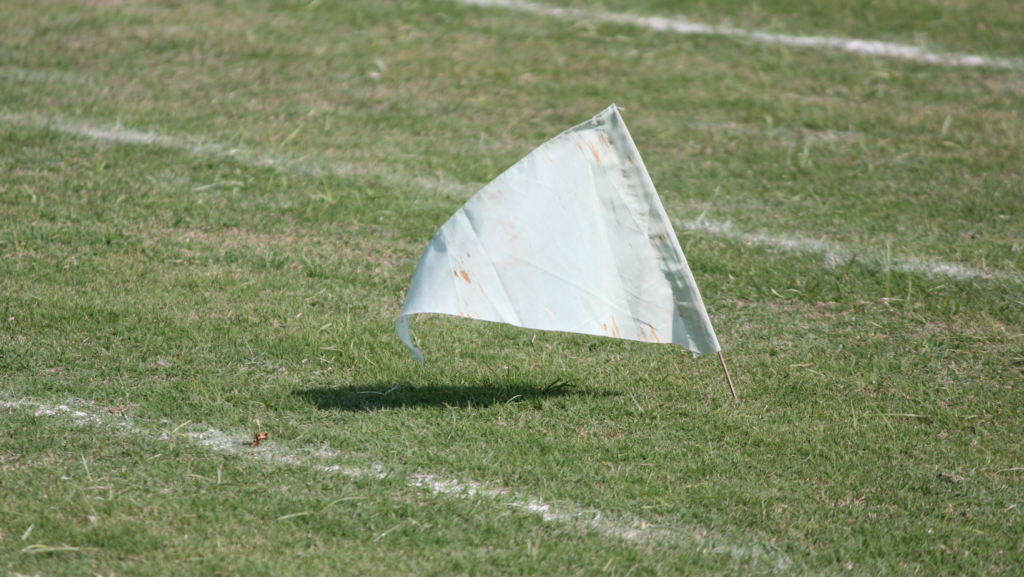
Boundary flags provide a visual reference for you and your dog as to the limits of your Containment Systems. The training flags should be placed approx 8 – 10ft apart around the boundary. Use the collar to find the edge of the avoidance zone and place the flag in the ground in the area where the collar starts to beep. Using the dog fence tester – set the collar to beep-only mode.
Preparation for Training
Before you start training your dog on an invisible fence, there are a few important things you need to do to prepare. Here are some key steps to take before you begin:
1. Get the Right Equipment
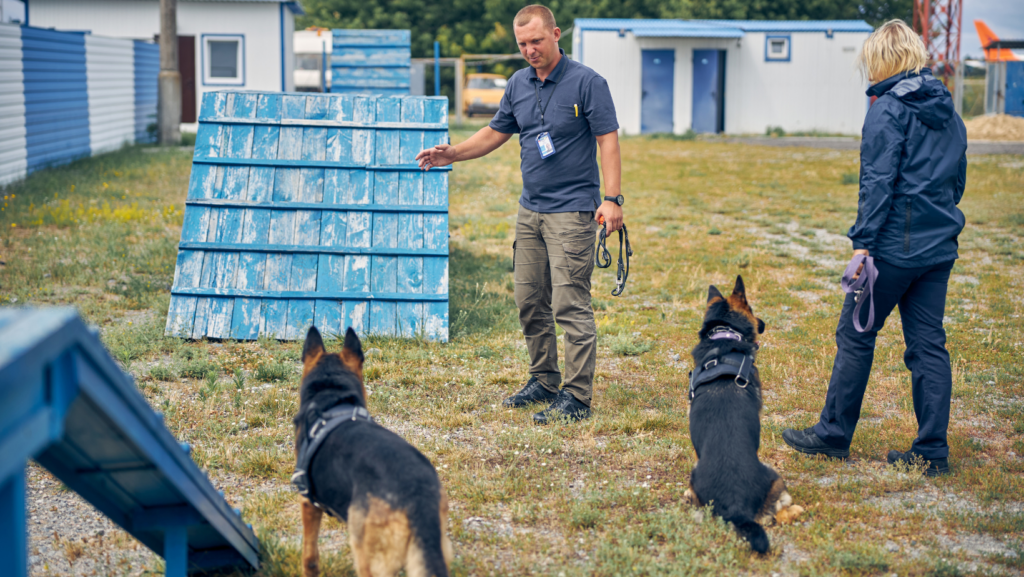
You’ll need a few key pieces of equipment to train your dog on an invisible fence, including a transmitter, a receiver collar, and training flags. Make sure you have all of these items before you start training.
2. Set Up the Fence
Once you have all of the necessary equipment, it’s time to set up the invisible fence. Follow the instructions carefully to ensure that the fence is installed correctly and will work properly. Make sure you test the fence thoroughly before you start training your dog.
3. Introduce Your Dog to the Fence
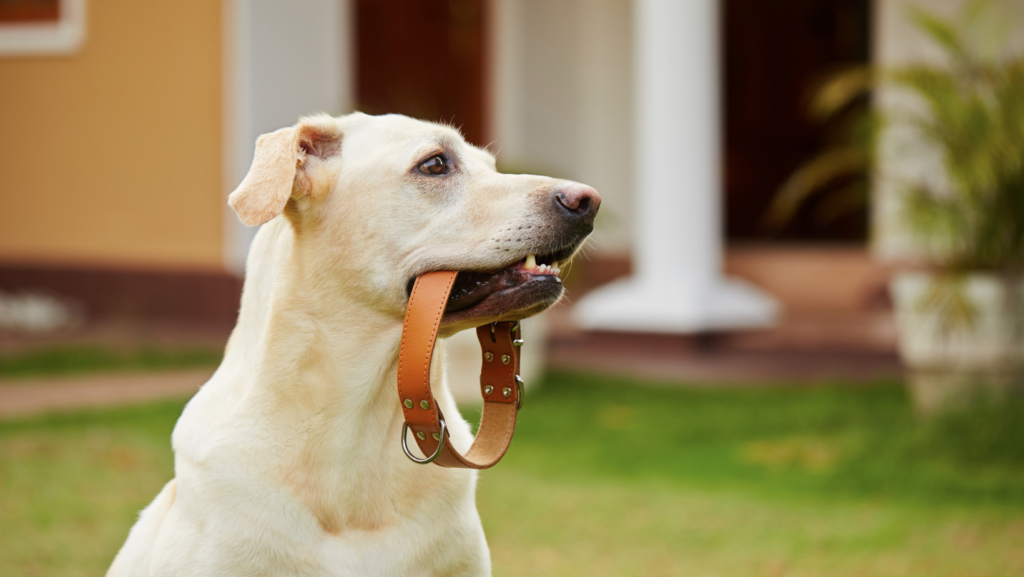
Before you start training your dog on the invisible fence, it’s important to introduce them to the boundary. Walk your dog around the perimeter of the fence and show them where the boundary is. You can use training flags to help them understand where the fence is located.
4. Choose the Right Training Method
You can use several different training methods to train your dog on an invisible fence, including the signal-only technique, the corrective stimuli technique, and positive reinforcement. Choose the method that works best for you and your dog.
5. Gather Your Dog’s Favorite Toy and Treats
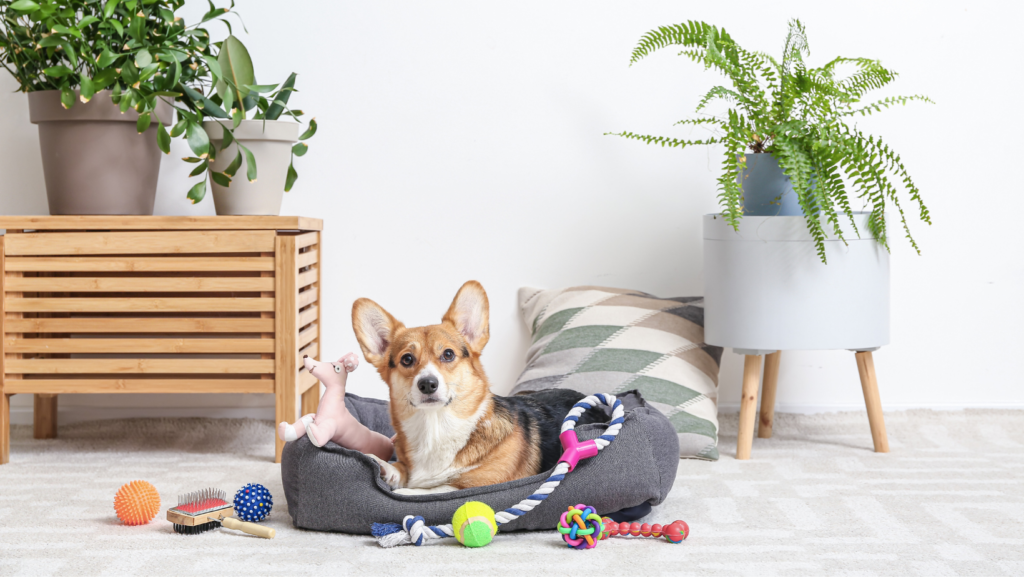
Have their favorite toy and treats on hand to make your dog’s training process more enjoyable. This will help keep them motivated and focused during training sessions.
6. Make Time for Exercise and Playtime
In addition to training sessions, it’s important to make time for exercise and playtime with your dog. This will help keep them healthy, happy, and engaged and will also help reinforce the training they receive on the invisible fence.
7. Read the Manual Carefully
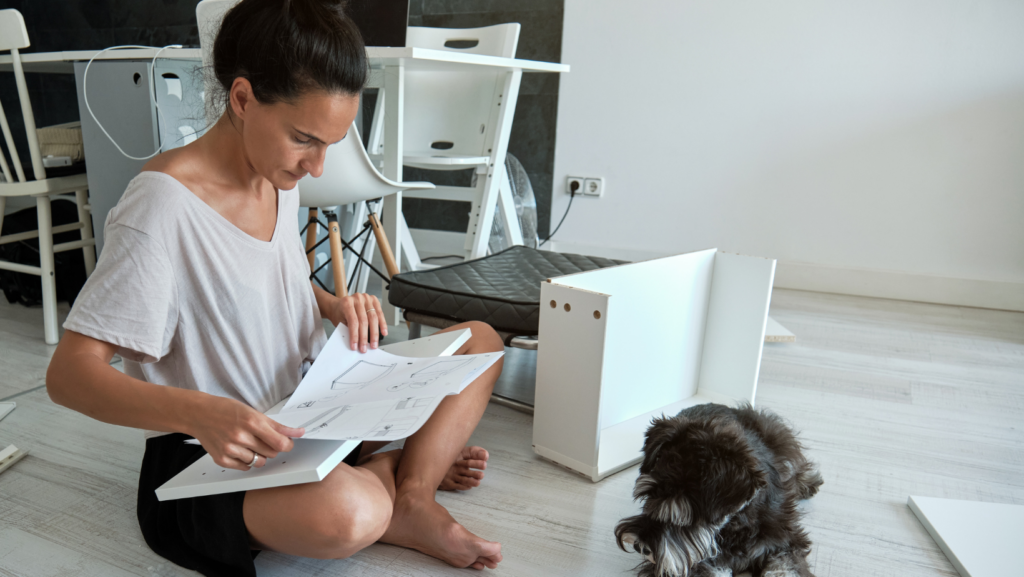
Finally, read the manual carefully before training your dog on the invisible fence. This will help you understand how the fence works and how to use it properly. If you have any questions or concerns, don’t hesitate to contact the manufacturer for assistance.
Training Your Dog on an Invisible Fence
Training your dog on an invisible fence can be a great way to give your furry friend the freedom to roam around your yard without worrying about them running off. Here are some easy ways to train your dog on an invisible fence.
1. The Positive Reinforcement Method
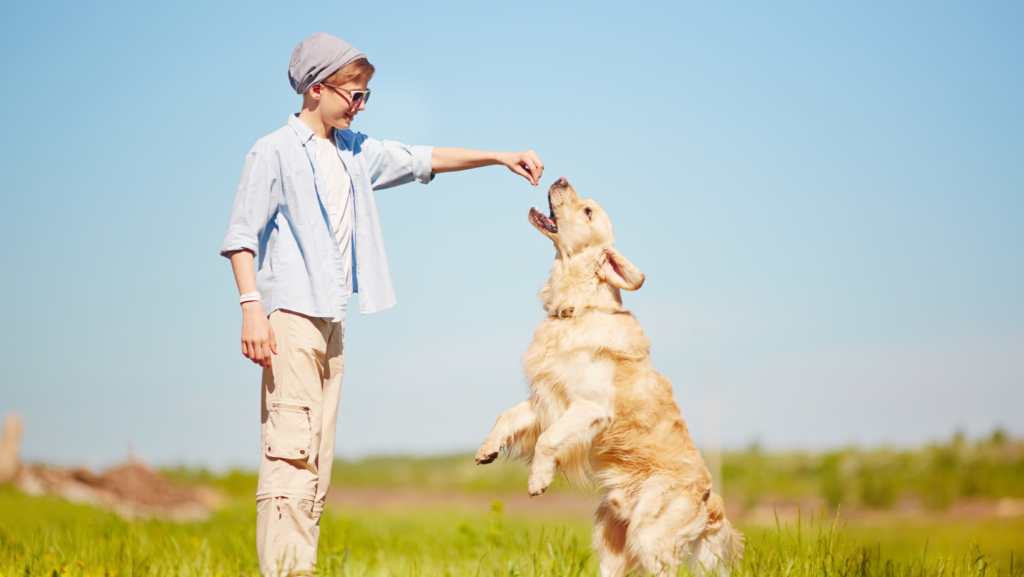
Positive reinforcement is one of the most effective ways to train your dog on an invisible fence. This method involves rewarding your dog for good behavior rather than punishing them for bad behavior.
To start, you should mark the fence line with training flags so that your dog can see where the boundary is. Next, initiate play with your dog and direct them away from the signal. If your dog tries to cross the boundary, it will receive a static correction, which will deter them from going any further.
After your dog has received the correction, allow them to return to you and give them a treat or praise them for returning. This reinforces the idea that staying within the boundary is good.
As you continue to train your dog, allow distractions and temptations to come near the boundary. This will help your dog resist crossing boundaries, even when distractions are around.
With patience and practice, your dog will learn to associate the boundary with positive reinforcement, making it easier to stay within the boundary without needing static correction.
2. Leash Training and Off-Leash Training
In addition to the positive reinforcement method, leash and off-leash training can also be effective ways to train your dog on an invisible fence.
Leash training involves walking your dog around the boundary with a leash so that they can learn where the boundary is and what happens when they cross it. Off-leash training consists in allowing your dog to roam around the yard without a leash but with close supervision.
During both types of training, it is important to reinforce good behavior with treats and praise and to correct bad behavior with a static correction if necessary.
3. Training Programs
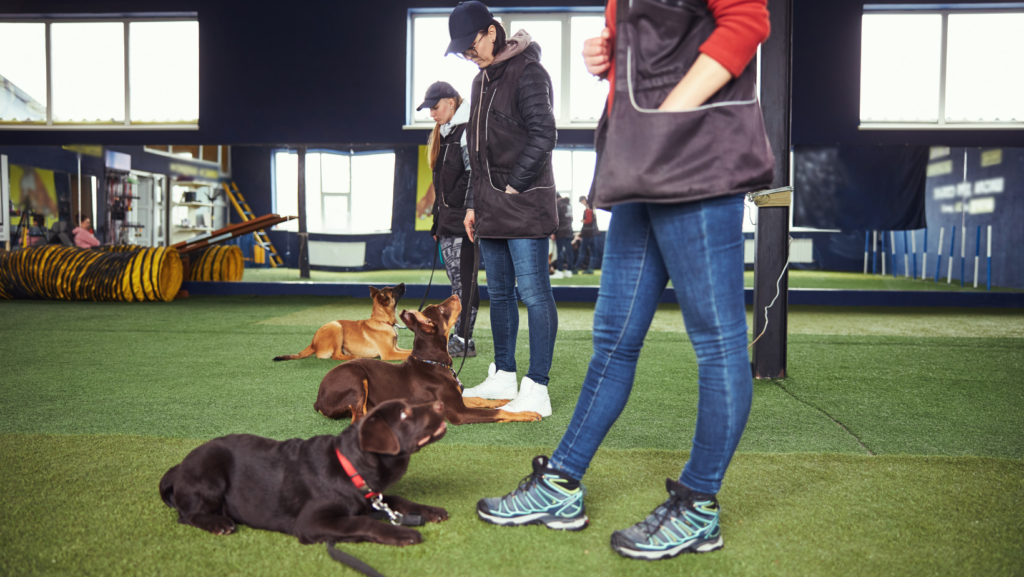
Many invisible fence systems have training programs to help you train your dog more effectively. These programs usually involve in-home training using indoor shields, on-leash training in your yard, off-leash training outside, recall games, exit training, and more.
These programs can be a great way to ensure that your dog is properly trained on the invisible fence and help you avoid common mistakes that can lead to ineffective training.
Professional Assistance and Advanced Training
Consider seeking professional assistance if you struggle to train your dog on an invisible fence. A certified or professional trainer can help ensure your dog is trained properly and safely.
Additionally, an animal-behaviorist-approved training method can be very helpful in ensuring that your dog is receiving the best possible training. These methods consider your dog’s unique personality and behavior traits. They can help tailor the training to your dog’s specific needs.
Addressing Common Concerns
Training your dog on an invisible fence may raise some concerns. Still, with proper training techniques and precautions, you can ensure the safety and well-being of your furry friend. Here are some common concerns and how to address them:
1. Safety
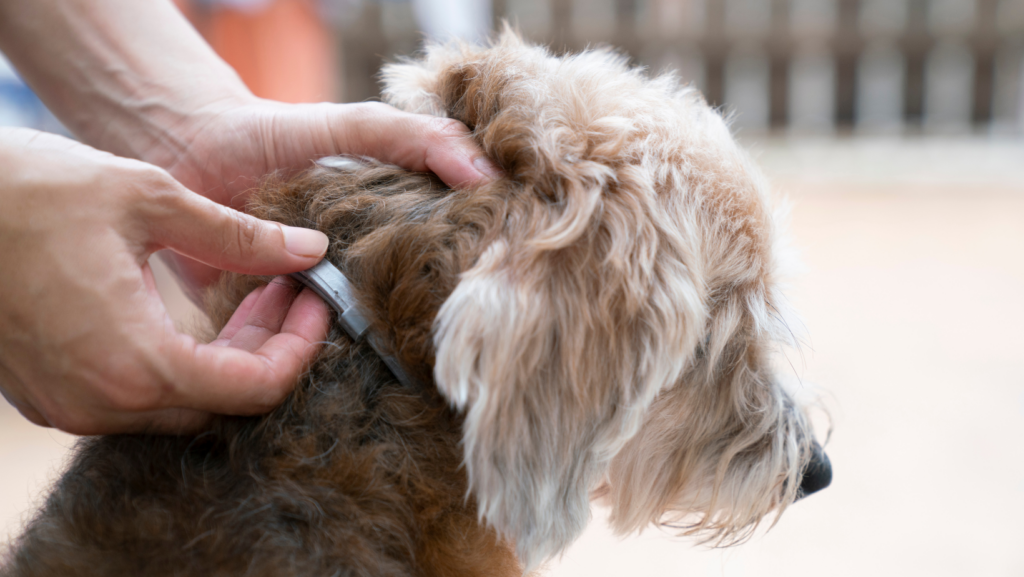
One of the main concerns pet owners have when using an invisible fence is safety. It is important to ensure that the fence is installed and used properly to prevent any harm to your dog. Make sure to follow the manufacturer’s instructions and consult with a professional if needed.
2. Pain Tolerance
Many pet owners worry about the pain that their dog may experience when crossing the invisible fence boundary. However, the stimulus is designed to be uncomfortable, not painful. It can be adjusted to suit your dog’s pain tolerance level. It is important to start with a low-level stimulus and gradually increase it until your dog learns to avoid the boundary.
3. Punishment
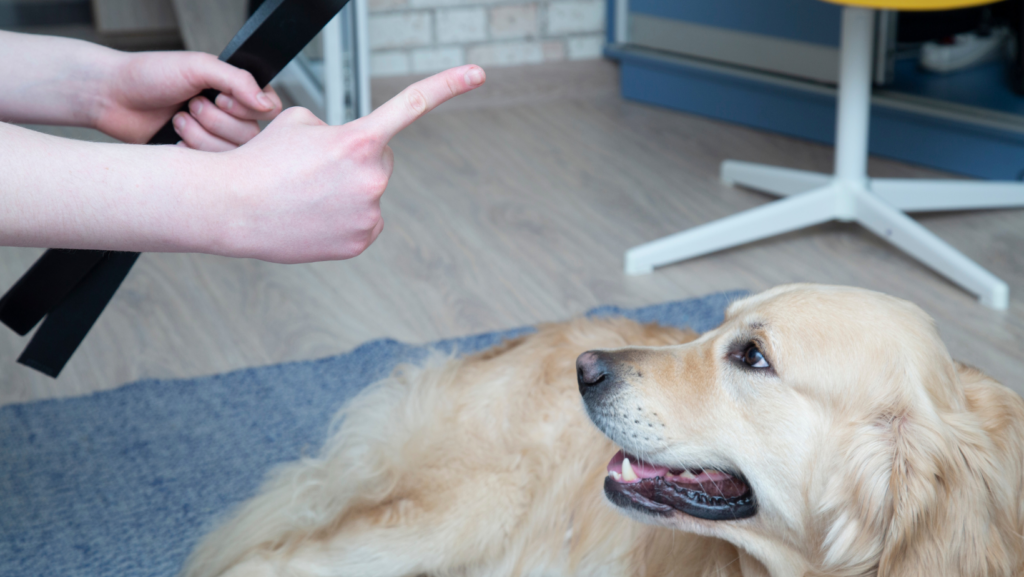
Some pet owners may worry that using an invisible fence is a punishment for their dog. However, when used properly, an invisible fence can effectively train your dog and keep them safe. It is important to use positive reinforcement techniques, such as treats and praise, to encourage your dog to stay within the fence’s boundaries.
4. Attention
Another concern pet owners may have is that their dogs may ignore the invisible fence boundary. To address this concern, training your dog properly and consistently is important. Use training flags to help your dog understand the fence’s boundaries, and give them treats when they stay within the boundaries.
5. Stress
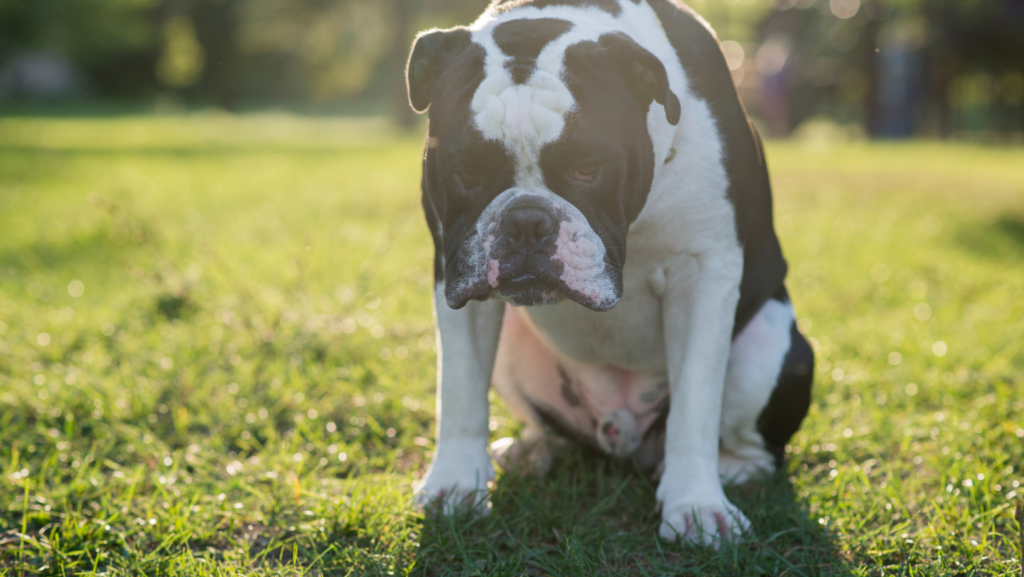
Some dogs may experience stress or anxiety when using an invisible fence. To help reduce stress, it is important to start with short training sessions and gradually increase your dog’s time in the fenced area. Also, consider using a fence with an adjustable stimulus level to ensure your dog is comfortable and not overly stressed.
6. Affection
Using an invisible fence does not mean that you have to sacrifice affection and playtime with your dog. It is important to continue spending quality time with your dog and give them plenty of attention and love. Take your dog for walks and play with them outside the fenced area.
7. Pet Containment
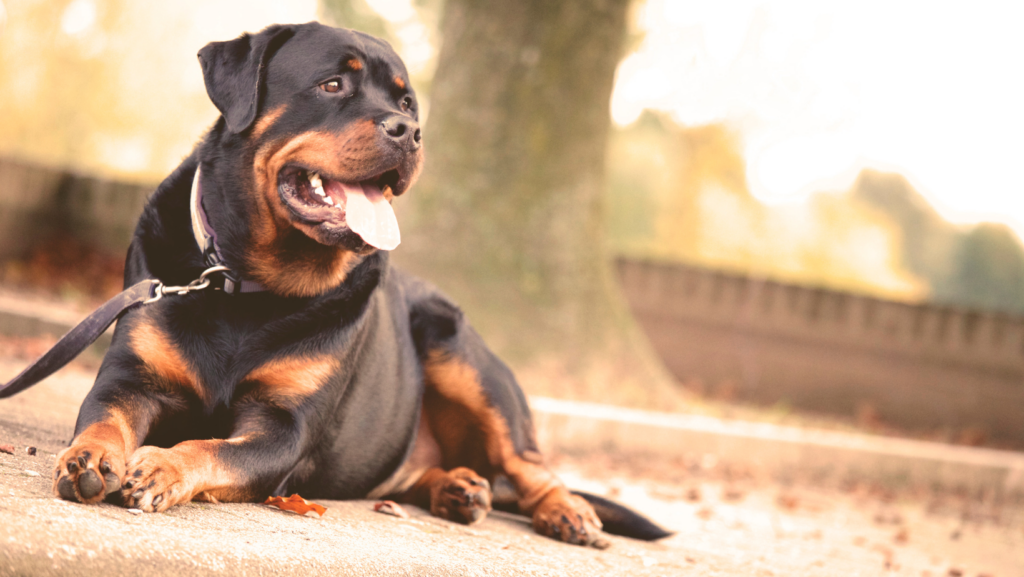
An invisible fence can be an effective tool for containing your pet within a specific area. However, it is important to remember that an invisible fence is not a physical barrier and may not prevent other animals or people from entering your yard. Always supervise your dog and consider using additional physical barriers, such as a traditional fence, to ensure your pet’s safety.
FAQ’s
Yes, an invisible fence can be used for most breeds of dogs. However, it is important to consult a professional to determine if an invisible fence suits your specific breed and individual dog.
Yes, an invisible fence can be used for multiple dogs. However, each dog must be trained separately and have their own collar.
No, an invisible fence will not harm your dog when used properly. The stimulus is designed to be uncomfortable, not painful, and can be adjusted to suit your dog’s pain tolerance level.
Training time can vary depending on the individual dog and its learning ability. It is important to be patient and consistent with training. Most dogs can be trained within a few weeks.
Conclusion
In conclusion, training your dog on an invisible fence can be a simple and effective way to keep your furry friend safe. You can use several methods to train your dog, including the signal-only technique, the corrective stimuli technique, and positive reinforcement.
When training your dog, it’s important to be patient and consistent. Repetition is key, and you should always reward your dog for good behavior. Use treats and praise to reinforce positive behavior and avoid punishment or negative reinforcement.
Meet Fabian Wright, our guide into the animal realm at PetLoversArena.com. Having served as an Animal Care Specialist for the Ruwenzori Team at the Kansas City Zoo, he prioritizes conserving exotic species by replicating their habitats. Fabian aspires to share captivating stories of creatures, big and small, through PetLoversArena.com.

